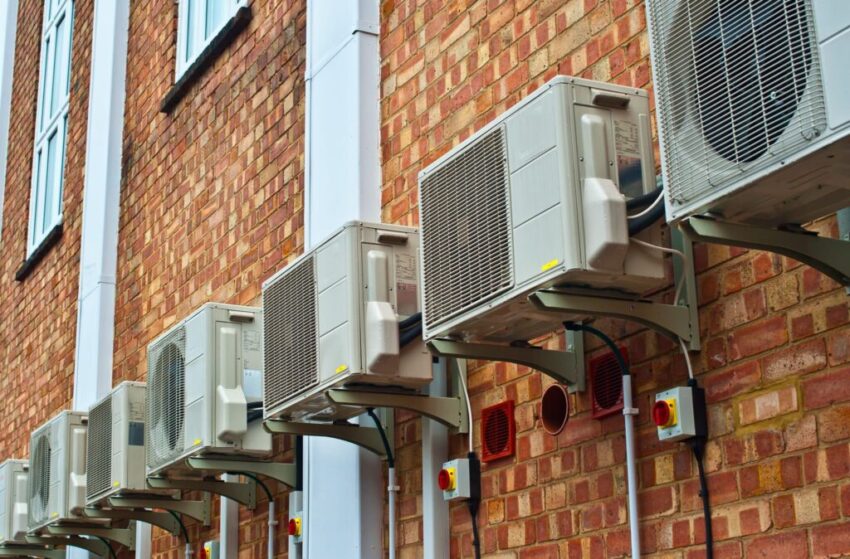We can all welcome the wonders of air conditioning once summer comes, and with the summer season upon us, there is no doubt that we can all benefit from a respite from the heat once in a while.
But unfortunately, summers are getting hotter, and here in the UK, even heatwaves have become quite a regular thing. If you are running a commercial establishment, you may be aware of what an air conditioning system can do for your premises and invest in one. But the next step is even more crucial: what kind of air conditioning system should you select? If you want to make your best choice, here’s a look at the three most common types of air conditioning for your commercial premises.
- A single-split system
A single-split air conditioning installation has proven handy for smaller-sized premises, and it’s the most commonly installed system today. It’s a popular choice because it doesn’t cost as much as other systems, and it is often an ideal solution for establishments like small offices, cafes, bistros, pubs, and restaurants. The single-split solution can heat and cool individual spaces or rooms, and each system will have both an outdoor and indoor component.
You can have the outdoor component installed on an exterior area or wall near the indoor unit, and this outdoor component will have the condenser coil, compressor, and capillary tubing or expansion coil. The indoor component, meanwhile, has the cooling coil, air filter, and blower. Your single-split installation will use electrical wiring and tubing to connect both units, making the installation process much easier and simpler.
- A multi-split system
This system is similar in function to single-split ones. The main difference is that you can connect several indoor components to a single outdoor component, such as commercial air condition services from Sub Cool FM. With this, you can also take advantage of inverter tech, where the compressor operates at different speeds. In addition, the system has sensors to detect minute temperature changes and make adjustments as needed, allowing you to save on energy. The multi-split solution is suitable for larger offices, shops, and structures with many floors or walls. This system will need more extensive piping, which can increase the time it takes to install, and it can increase the cost – but it can save you more in your electric bills in the long run.
- A VRF/VRV system
Variable refrigerant volume or variable refrigerant flow systems are an efficient option for medium-sized or larger properties, such as hotels or hospitals. The system uses refrigerants, with condenser units outdoors and fan coil components indoors. But rather than one big component pumping cool air into a space, the system uses several smaller components (air handlers) that you can individually control.
You can choose from two kinds of VRF/VRV systems: heat recovery and heat pump. The heat pump system can give both cooling and heating, but not at the same time, making it suitable for open-plan spaces. The heat recovery system can cool and heat simultaneously, so it’s often ideal for structures with individual spaces or rooms.
Because of the high-end technology used by the systems, they are costlier and can be more expensive to install, but they’re also flexible, can give you simultaneous heating and cooling, and more energy-efficient as well.


